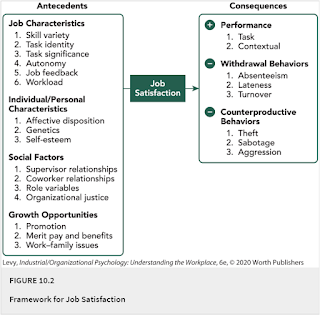Harmeet Kaur, reporting for CNN, describes a recent change that the United States Air Force has made to its pilot selection process. These changes should make the selection process more equitable for women AND maintain the safety of Air Force pilots.
Short version: The USAF has eliminated waivers required for particularly short pilot applicants. Such waivers created another selection burden for women far more often than for men. USAF has created new assessment measures to determine a predict a person's physiological ability to pilot aircraft.
Long version:
In the past, anyone who wanted to apply to be a pilot required a special waiver if they were shorter than 5'4". Statistically, this put an additional burden on 44% of women.
Someone at the USAF was aware of the confidence gap research, in particular, research that finds that women are less likely than men to apply for jobs when they are not 100% qualified. Per the article:
Instead of just using height as a gate-keeper for pilots, USAF will now use a finer-tuned assessment technique that doesn't look at height but does look at a person's physical ability to pilot. From the article:
I think this provides a good example of how an organization can get ahead of selection bias. In this report, it seems that the USAF was very straight forward about how the height/voucher system impacted women at a higher rate than men. They were aware of the historic reasoning behind that assessment decision: Their planes were built to accommodate the average-sized male. They also created an alternative assessment system that would maintain the safety of all USAF pilots while not defaulting to an assessment measure that was biased.


















